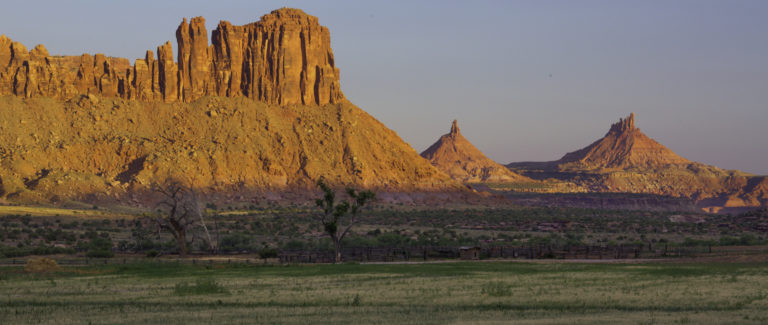News and Insights
Brand and the Human to Human Connection
March 8, 2019

South By Southwest (SXSW) is an opportunity to see your personal idols or gurus share their thoughts in an intimate and connected space. From Alexandria Ocasio-Cortez, to Elizabeth Warren there is no limit to inspiring speakers and content that might inspire or alter your personal point of view.
During the first morning of the event, I had the opportunity to see a personal hero, Brene Brown, discuss how true belonging requires us to believe in and belong to ourselves and what it means to limit self-betrayal in conveying personal beliefs. She explored the idea of what it means to belong versus fitting in, how to be brave in your convictions and how to continue to find human connection in an increasingly disconnected, and lonely world. It was beautiful, inspiring and a perfect beginning to understanding the connection between brands and social impact.
Companies and brands are often required to toe the line and “fit in” when it comes to their perspective on social impact, but what happens when brands decide to use the concept of human connection and taking a stance to appeal to consumers? How can brands create authentic, connected campaigns without looking like the infamous offtone Pepsi ad? Brown’s ideas are an excellent framework for exploring these ideas.
1. Don’t be moved. Brown started with the idea that in order to create a human connection, you must first understand your point of view and what you stand for. She shared that as a speaker, she is often asked not to mention a certain aspect of her point of view, which ultimately compromises her message. She refuses to let that guide her, instead of knowing that sharing her unique perspective is essential in delivering a message.
Brands can adopt a similar attitude, and none exemplify this more than Patagonia. Before 2016, they were known for their quirky founder and expensive, life lasting outdoor wear. But they decided that it was imperative to use their brand platform to publicly influence the environmental movement and although they had dedicated their brand to similar efforts in the past, none was as public or powerful as their dedication to the Bears Ears National Monument. From a short film, to dedicated email, paid and organic social, Patagonia committed itself to ensuring its consumers understood the issue and had the opportunity to take action. Nothing about the campaign was intended to increase brand sentiment, but of course it did and resulted in its consumers becoming civically engaged.
2. People are hard to hate up close, move in. Brown tells us that when you think of people as a group and not individuals, it is easier to dehumanize. Part of creating the human connection is finding commonality but it is all too often as a part of disaster. She shared her own experience with Hurricane Harvey and how it brought her neighbors together as they supported each other through the heartache of losing their homes, pets and belongings. But how can we make those connections with one another beyond moments of tragedy?
Google captures these moments with their Year in Search, an annual collective of all of the most searched information. It is a moment of pure human connection, and we have the opportunity to rewatch the videos, conversations and moments that impacted our world. Other brands can and should find the opportunity to share these moments from their own content, or create opportunities for authentic human connection.
3. Speak Truth to BS but be civil. Brown uses her platform to suss out the truth tellers and tells her audience that the authentic human connection is based in truth. It is imperative that as we speak the truth, we are able to do so with civility, generosity and curiosity. Gillette was able to use their voice to tell the truth about the #metoo movement in their latest campaign, and they were able to do so without compromising civility. It received polarizing responses, but Gillette held strong to its point of view, knowing the importance of its message.
As I move through the remainder of SXSW, I’ll be looking for other examples of brands using their platform to influence social good in real and authentic activations and campaigns. It is imperative for brands to understand their role in this conversation to stay relevant and appeal to consumer values.